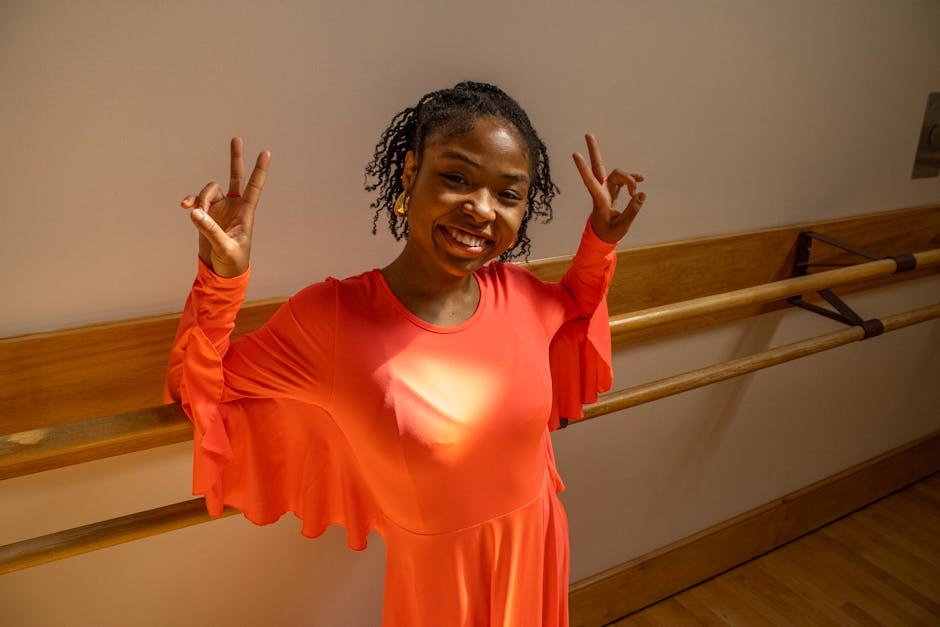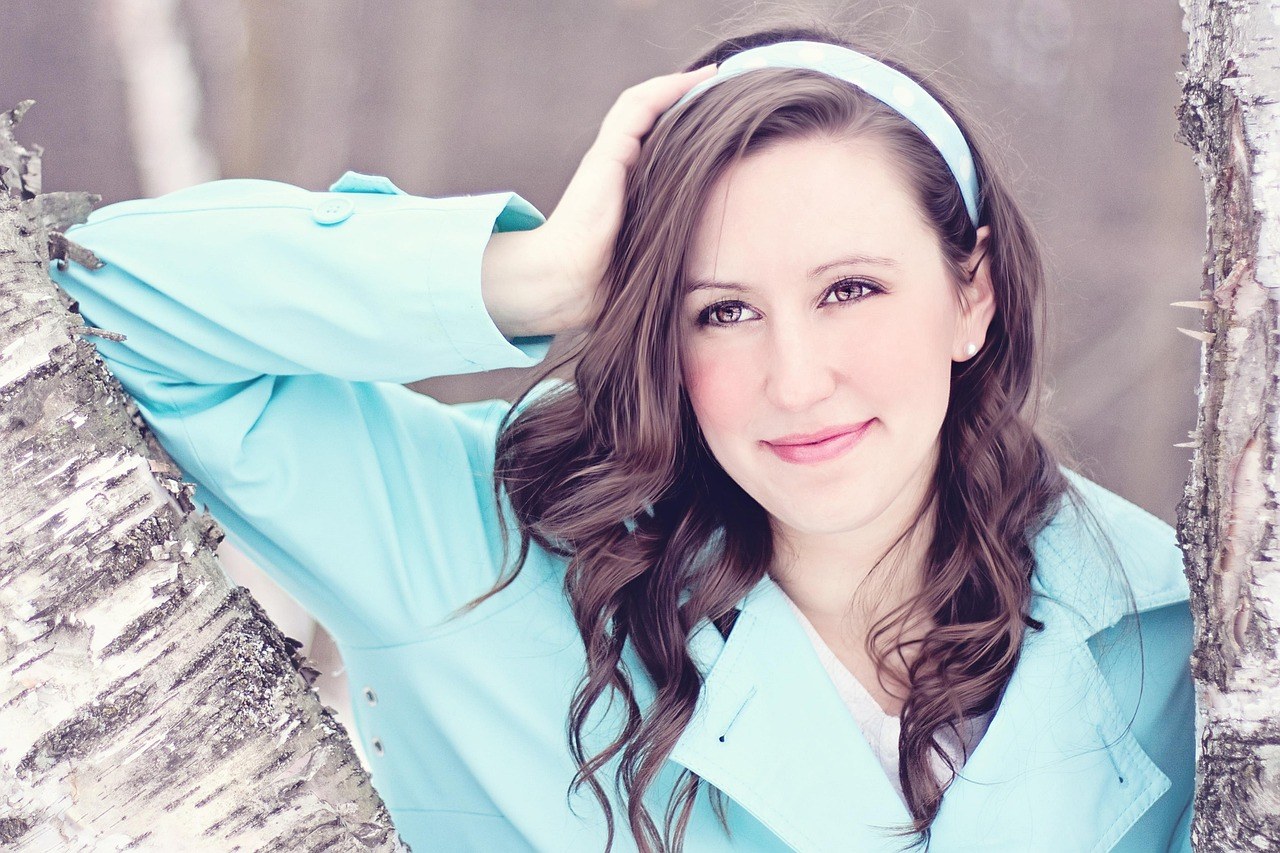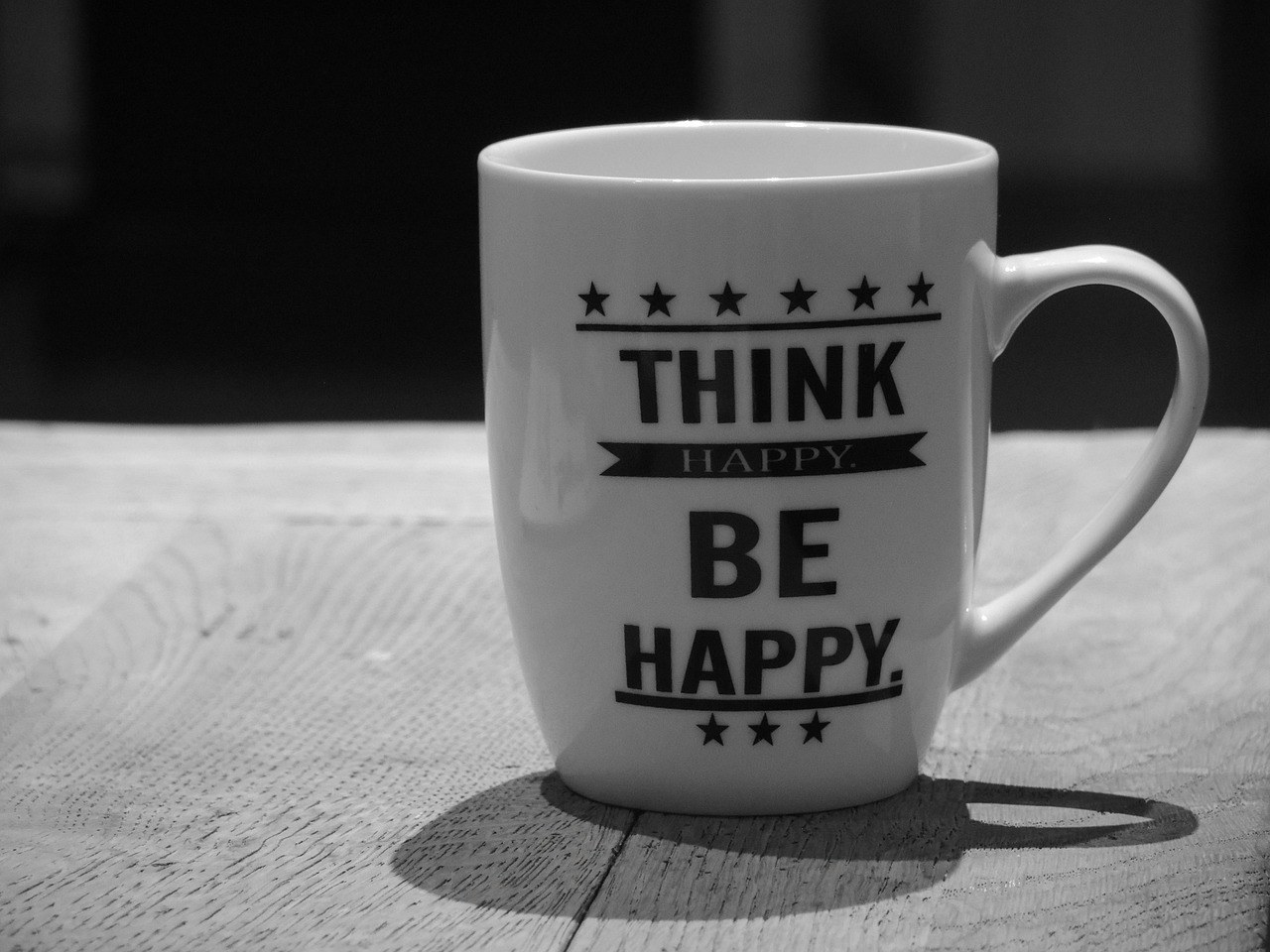It starts simple – you meet, you click, and you keep things light. Then a quiet shift sneaks in: you’re texting more, spending weekends together, and wondering whether the easy pace of casual dating is about to change. The question isn’t only “how long,” but also “how will I know?” and “what should I do next?” This guide reframes the timeline debate and shows you how to move from a laid-back arrangement to a relationship that fits the two of you.
What “casual” really means
In everyday terms, casual dating is a low-pressure connection without shared routines, labels, or long-range plans. You might see each other regularly, enjoy the chemistry, and keep logistics simple – meetups, intimacy, hanging out. There’s usually no expectation to attend every event together, meet each other’s families, or map out future holidays. Some people continue to meet others at the same time, which is why clarity matters. Without a common understanding, one person can feel misled while the other believes they’re following the informal rules of casual dating .
Because it’s light by design, casual dating benefits from plain language early on: What are you open to? What are you not promising? A few grounded sentences can prevent weeks of confusion. And yet, staying casual doesn’t mean the connection is shallow – it only means the two of you have not agreed on exclusivity or a shared path.

Can a casual start become serious?
Absolutely. Many relationships begin with the ease of casual dating and deepen as people spend real time together. You share stories, fold each other into daily life, and suddenly exclusivity feels natural rather than forced. That shift is healthiest when it’s mutual. It can also stall if jealousy enters without commitment. Someone might push for control – “don’t see anyone else” – while still avoiding the responsibilities of a committed bond. That’s an imbalance, not a step forward, and it’s a reminder that casual dating works best when respect and boundaries stay intact.
How long should you keep it casual?
There isn’t a scientific timer that dings when it’s “relationship o’clock.” People date at different speeds based on interest, schedules, distance, and timing. Some pairs label things quickly; others take more time to decide. Still, a useful rule of thumb shows up in many experiences: casual dating often runs from the first few weeks to roughly the 3-4 month mark. If you’ve reached the far end of that window without any movement toward exclusivity, it can be a signal to check your expectations – not a hard rule, but a prompt. Ask yourself whether the connection is growing or simply looping through the same casual pattern.
Remember, not talking can feel like progress because you’re avoiding friction – but silence is not the same as alignment. If your feelings are evolving, the healthiest path is honest conversation rather than hoping that casual dating will quietly morph into something else on its own.

Signs the relationship is shifting
- You’re part of each other’s real life – errands, downtime, and ordinary Tuesday nights – not just highlight-reel dates.
- Plans begin to stretch forward: concerts next month, a road trip, a mutual friend’s party.
- Your phones matter less when you’re together – presence beats scrolling, and conversations go deeper.
- There’s a natural preference for each other that makes meeting new people feel unnecessary.
- Conflict is handled with care instead of avoidance, which is a late-stage skill for people moving beyond casual dating .
- You’re introducing each other to friends or colleagues because the connection already functions in public.
- Jealousy doesn’t dominate, but you both notice that exclusivity feels reasonable.
- Language shifts from “I” to “we” – quietly at first, then more openly.
Moving from casual to committed – a practical roadmap
When you’re ready to test the waters beyond casual dating , you don’t need a grand speech. You need clarity, steadiness, and respect. Use the steps below to guide the conversation and decision.
- Get clear on your goal. Before you talk, decide what you actually want. Do you want exclusivity? Are you looking for a defined relationship or simply more consistency? Write it down. People often drift because they haven’t named their endpoint beyond “not casual.” If casual dating has been meeting your needs, be honest about that too.
- Give it a little time, not endless time. Rushing from spark to labels can hide red flags. Move at a pace that allows you to see each other in ordinary circumstances – work stress, family obligations, tired moods. The purpose isn’t to delay forever; it’s to let reality arrive so your choice isn’t only chemistry.
- Notice the patterns you’re ignoring. Attraction can turn down your internal alarms. Track what you excuse. Are they kind when plans change? Do they own mistakes? If casual dating has protected you from seeing these patterns, commitment will expose them, so evaluate now.
- Picture the next season together. Visualize weekday routines, boundaries, holidays, and social circles. If you can’t imagine the next few months realistically, that’s data. If it looks workable – not perfect, but workable – your imagination is telling you something valuable.
- Check your needs. It’s not selfish to ask whether your non-negotiables can be honored. You won’t get everything – no one does – but a few core needs must be met. If casual dating leaves those needs perpetually unaddressed, more time won’t fix it.
- Bring it up lightly first. Start with a low-stakes opener: “I’ve really liked where this is going – could we talk about what we both want next?” A gentle first pass turns a heavy topic into a collaborative one. You’re inviting, not cornering.
- Then have the real talk. When you both have space, be direct: “I’d like to be exclusive.” Avoid hinting, testing, or vague phrases that keep you in casual dating limbo. Clear statements help both people respond honestly.
- Lead with honesty and courage. Say what you feel and what you’re proposing. Confidence is not pressure; it’s respect for the other person’s ability to choose.
- Put the phone away. Attention is a love language – and a negotiation tool. Looking up signals that this conversation matters more than your notifications.
- Honor your deal with yourself. If you’ve decided to step back unless the relationship changes, keep that boundary. The comfort of familiar casual dating can tempt you to wait “just a little longer,” but self-respect demands follow-through.
- Invite their full perspective. You’ve shared; now listen. Maybe they’ve been hoping for the same shift. Maybe they need time. Maybe they prefer to remain casual. You can’t collaborate without the whole truth.
- Regulate your reaction. Disappointment is human; blame is optional. If their answer is “not yet” or “not at all,” don’t punish honesty. Casual dating is valid for people who want it – it’s simply not the right fit for you anymore.
- Assess long-term compatibility. Beyond attraction, check values, lifestyle, goals, and big topics like family or money. Two lovely people can be a poor match. If you’ve kept those topics off-limits because of casual dating , now is the time to compare maps.
- List the tradeoffs. Commitment offers companionship, reliability, and depth; it also asks for flexibility, compromise, and shared decision-making. Write a simple pros/cons list. Your clarity will make the conversation calmer.
- Interrogate your motives. Do you want them or do you want relief from loneliness? “Any relationship” is not a reason to upgrade from casual dating . Choose the person, not the placeholder.
- Mark the moment. If you both choose exclusivity, celebrate in a way that fits your style – a quiet dinner, a walk, or yes, celebratory sex. You don’t need a post for the world. You need a memory for the two of you.
If the answer is “let’s stay casual”
Sometimes the conversation ends with a kind no. Respecting that answer is an act of maturity – and a protection against months of quietly hoping. You have options. You can continue casual dating with open eyes if it still meets your needs. You can change the cadence – less frequency, fewer overnights – to match the reality. Or you can step away to create space for the kind of relationship you want. None of these options require anger. They require alignment with your own values.
What you shouldn’t do is accept the role of “almost-partner” while wishing for something else. That path breeds resentment. If you choose to remain in casual dating , choose it fully. If you move on, do that fully too.

How to pace the shift once you’re exclusive
Becoming official doesn’t mean everything changes overnight. Early exclusivity is a tender phase – you’re learning how the relationship breathes when it’s not buffered by the wiggle room of casual dating . Keep expectations kind and specific. Agree on communication basics: how often you check in, how you handle plans, what alone time looks like. Let your habits catch up to your label.
- Keep the dates that helped you bond – but welcome ordinary evenings that build comfort.
- Share calendars with intention, not surveillance. Logistics are not love – they’re how love finds room.
- Practice repair when conflict pops up. A quick “I missed your point – can we try again?” shortens arguments.
- Protect the things that make you you: friendships, hobbies, time to reset.
Why clarity beats guessing
People often hope the other person will notice the shift and name it first. That avoids risk – and also delays the truth. The understated promise of casual dating is freedom; the quiet cost is ambiguity. Clarity doesn’t guarantee the answer you want, but it guarantees movement. You’ll either move into exclusivity or move yourself into a better fit. Both outcomes honor your time.
Conversation scripts you can adapt
Sometimes the hardest part is finding the first sentence. Try one of these plain-spoken openers and adjust to your voice:
- “I’ve been really enjoying this, and I’d like to focus on each other. How does that sound to you?”
- “We’ve been in a great rhythm. I’m interested in exclusivity – what would you want next?”
- “Staying casual worked while we were figuring things out. I’m ready for more – are you?”
- “If exclusivity isn’t where you are, I’ll need to rethink our pace. I want us both to be honest.”
None of these are ultimatums; they are invitations to reality. They honor the spirit of casual dating – respect and choice – while giving your relationship a chance to define itself.
Timing, distance, and frequency
How often you see each other shapes the arc. If your schedules or cities keep you apart, momentum slows. That doesn’t mean feelings aren’t real; it means it takes longer to gather enough shared experience to choose a path. If you’re long-distance, build consistency in small ways – regular calls, planned visits – so the connection isn’t perpetually in the floaty space of casual dating . Frequency is not romance in itself, but it’s the soil where romance grows.
Mind the difference between comfort and growth
There’s a kind of relationship that feels wonderfully easy because it asks almost nothing – no plans, no compromises, no deeper conversations. That ease can be a gift during seasons when life is heavy. But be careful not to mistake “low friction” for “high fit.” If you are ready to invest, comfort alone won’t carry the relationship. Moving beyond casual dating means choosing growth – shared projects, shared decisions, shared vulnerability. Those add effort, but they also add meaning.
When your partner is unsure
“I’m not sure” is difficult to hear, but it’s not the same as “no.” If they ask for time, set a check-in date so you’re not stuck in the fog. A simple agreement – “let’s revisit in a few weeks” – keeps the spirit of casual dating (freedom to choose) while honoring your need for progress. If the next conversation is still vague, that tells you what you need to know.
The quiet promise you can make to yourself
Whatever happens, commit to not abandoning yourself. The person you become while negotiating this shift matters: Are you kind, clear, and consistent? Are you listening as carefully as you speak? Are you honoring your standards? Casual dating is a phase; your self-respect is the through-line. If you keep that promise, you’ll navigate this crossroads with steadiness – whether you step into commitment together or step toward something that suits you better.
There is no single right moment to retire the “casual” label. There is only the moment when the relationship you’re in no longer matches the relationship you want. When that moment arrives, trade guessing for conversation, trade hesitation for a decision, and let your connection become what it truly is – not what you’re quietly hoping it might be.